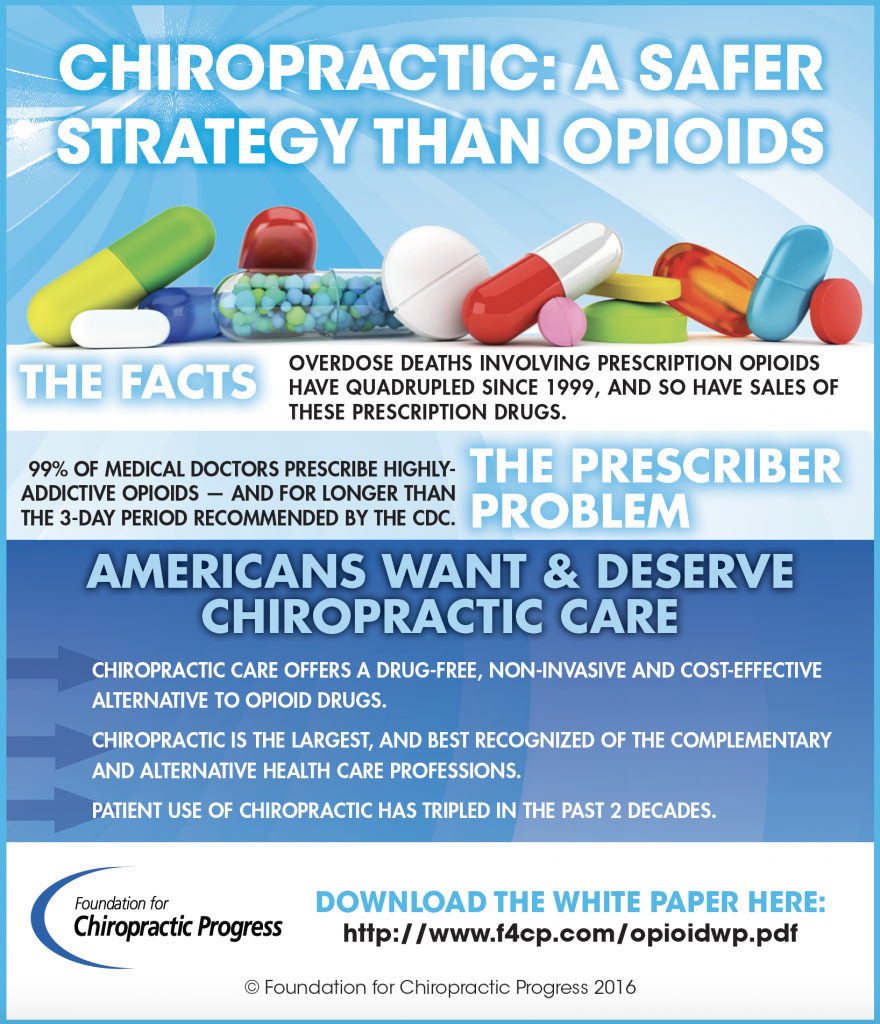Interested by the concept of cold laser therapy for contaminant removal? Discover the fascinating science behind this ingenious treatment approach and exactly how it targets contaminants at a mobile degree. By understanding the systems whereby cold laser therapy efficiently removes toxic substances, you'll acquire understanding into its potential benefits for promoting total health. Allow's explore the complexities of this innovative treatment and its effects for detoxification and health.
Comprehending Cold Laser Therapy
To realize the idea of cold laser treatment, you need to understand how light energy is utilized to advertise recovery in the body.
Cold laser therapy, additionally known as low-level laser treatment (LLLT), entails the application of reduced degrees of laser light to the targeted location of the body. Unlike medical lasers that cut or melt tissue, cold lasers give off reduced levels of light that stimulate recovery without causing damage.
The light energy from the cold laser penetrates the skin and is taken in by cells, activating a collection of biochemical responses. This procedure enhances cellular function and promotes tissue repair.
Cold laser treatment is believed to enhance the manufacturing of ATP, which is crucial for cell energy. Furthermore, it can help in reducing inflammation, improving blood circulation, and easing pain.
Mechanisms of Contaminant Elimination
Comprehending exactly how cold laser therapy functions can shed light on the mechanisms whereby contaminants are eliminated from the body. When cold laser therapy is related to particular areas of the body, it stimulates the mitochondria in cells to produce more adenosine triphosphate (ATP), which is necessary for mobile energy. This boost in ATP manufacturing boosts cellular feature, including the process of detoxing.
In addition, cold laser therapy promotes vasodilation, which broadens capillary and enhances blood circulation. This increased blood flow helps carry away toxins and waste products much more effectively, aiding in their removal from the body.
Furthermore, the therapy can stimulate lymphatic activity, improving the lymphatic system's capability to get rid of toxic substances and waste from tissues.
Scientific Evidence and Advantages
By analyzing clinical studies and clinical trials, the efficacy of cold laser therapy in getting rid of toxic substances from the body becomes evident. Research has shown that cold laser treatment can enhance the detoxification procedure by promoting mobile energy manufacturing, advertising lymphatic drainage, and raising blood flow. These systems help in the elimination of contaminants and waste products from the body extra efficiently.
Furthermore, scientific evidence sustains the advantages of cold laser therapy past contaminant elimination. Research studies have demonstrated its effectiveness in minimizing inflammation, speeding up cells repair work, and eliminating pain. This non-invasive therapy has actually been made use of in various medical areas, consisting of dermatology, physical therapy, and sports medicine, showcasing its convenience and wide-ranging applications.
In lvl treatment stamford , cold laser therapy has actually been discovered to have marginal side effects and is well-tolerated by a lot of individuals. Unlike visit this hyperlink , cold laser therapy uses a safe and gentle option for those seeking natural recovery approaches. Its capacity to target details areas and advertise total wellness makes it a promising option for individuals looking to maximize their health and wellness.
Final thought
In conclusion, cold laser therapy provides a scientifically-backed approach for successfully eliminating toxins from your body.
By boosting simply click the up coming internet site , advertising lymphatic water drainage, and increasing blood circulation, this non-invasive treatment sustains detoxing at the cellular level.
With its capability to target specific areas and improve overall wellness, cold laser treatment is a beneficial alternative for all-natural toxic substance removal and recovery.
